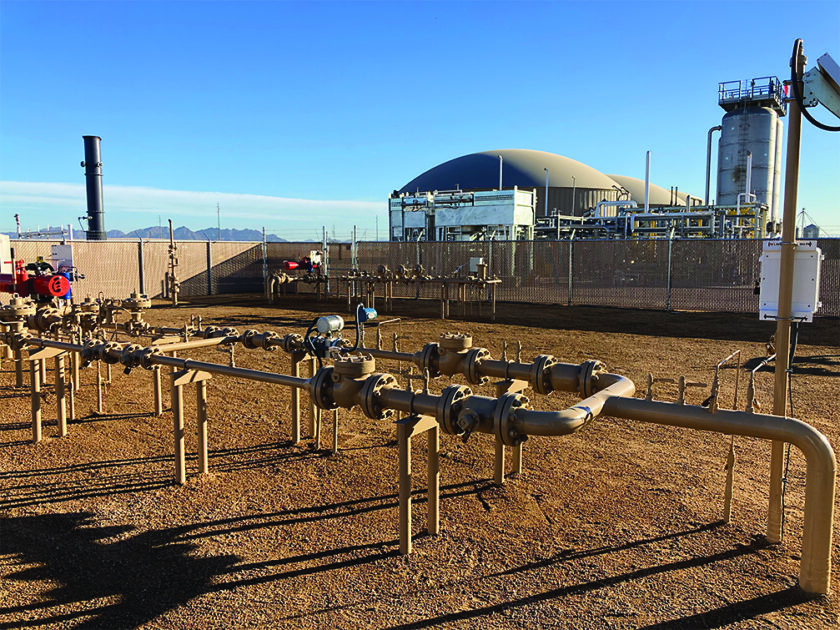RNG: Dispatchable Renewable Energy

One of the many benefits natural gas offers our energy system is dispatchable energy. When we need it most, whether that’s the middle of the summer, the middle of the night, or the middle of a winter storm, natural gas is there to reliably provide energy to homes, businesses, factories, data centers and more.
Traditional natural gas has served America well for more than two hundred years, and our industry is continuing to grow and innovate with new technology – including Renewable Natural Gas, or RNG – working to solve some of our nation’s biggest problems like our overflowing landfills.
What is RNG, and how can it benefit Americans and our energy sector? RNG is chemically identical to natural gas from traditional sources. That means it’s fully compatible with existing pipelines, appliances and power plants, and can be easily swapped in on a one-to-one basis without any alterations. Homes using natural gas today for heating, cooking, and other applications wouldn’t need expensive rewiring as they would if electrified. The existing network of more than 2.8 million miles of American natural gas pipelines, worth many trillions of dollars, can be easily leveraged to distribute it.
Fortunately, this means that RNG is also fully compatible with our existing storage infrastructure. For much of the year, America produces more natural gas than it uses. This excess production is stored in underground storage facilities during periods of low demand and consumed during the coldest and hottest months when demand exceeds production. We can store RNG in the exact same way, making it the only renewable energy source that can be stored for months or years at a time, instead of for minutes or hours.
RNG is also sometimes referred to as biogas. The “renewable” in renewable natural gas means that it’s harvested from sources like farms, landfills, or water treatment plants, where it would otherwise have been emitted into the atmosphere. This means RNG can have net-zero emissions – and the lower cost of RNG relative to electricity makes it a highly cost-effective way of reducing emissions from the energy sector.
While America has more than a century of supply of natural gas from traditional sources at current demand levels, incorporating more RNG into the fuel mix can help us conserve these reserves much longer into the future to fuel everything from homes to fertilizer, manufacturing and lifesaving pharmaceuticals. As our industry works to rapidly expand supplies of RNG, we’re doing our part to secure America’s energy future.
